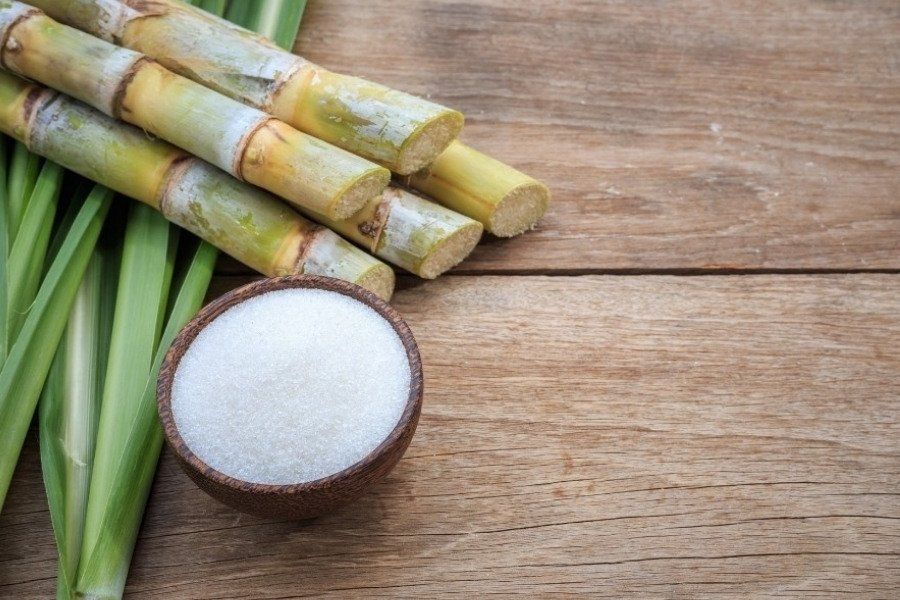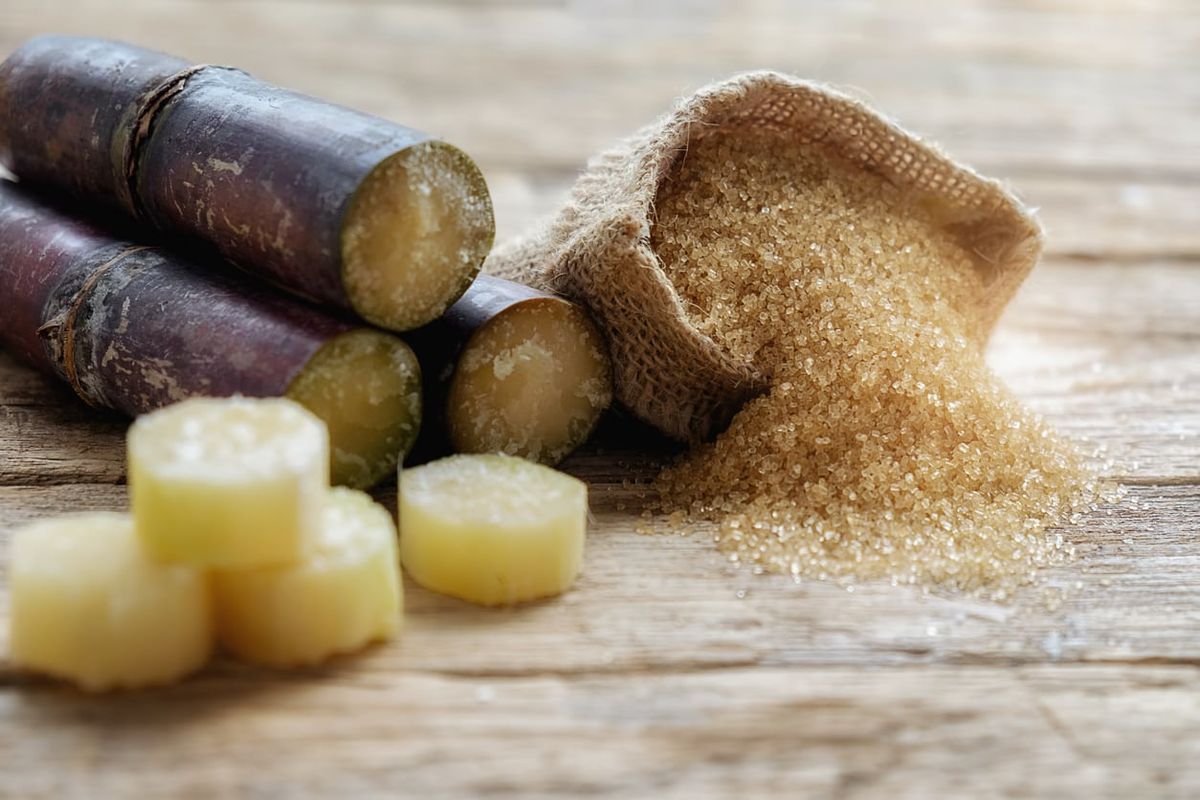Everything About Sugar Canes: What Are Sugar Canes Used For and Their Duty in Global Farming?
Sugar canes work as a keystone of global agriculture, mostly acknowledged for their duty in sugar production. They also add to the production of by-products like molasses and ethanol. These aspects not just support various sectors however additionally effect financial stability in country regions. The farming of sugar canes encounters substantial environmental difficulties. Recognizing their diverse function triggers further expedition right into their agricultural practices and sustainability efforts.
The Agricultural Process of Sugar Walking Stick Farming
Sugar walking stick farming might vary by region, the essential farming procedure continues to be consistent. The initial step includes choosing high-yielding ranges appropriate for neighborhood climates. Preparation of the soil is essential, frequently requiring tillage and the enhancement of fertilizers to improve fertility. Growing normally happens throughout the wet season, with farmers utilizing either entire stalks or cuttings to develop brand-new crops.As the plants expand, they require attentive care, consisting of weed control, insect monitoring, and watering, depending on the environmental problems. Farmers monitor the sugar walking stick's growth cycle, which typically covers 10 to 24 months, before harvesting. Gathering is labor-intensive, usually performed manually or with specialized machinery, ensuring marginal damage to the stalks. Complying with harvest, the cane is transported to refining facilities. This meticulous farming process not only sustains neighborhood economies yet also plays a substantial role in international farming techniques, adding to food and energy supplies.
Sugar Manufacturing: From Walking Stick to Crystal
The journey of sugar production starts the minute fresh harvested sugar walking cane reaches refining facilities. The very first step involves cleaning and slicing the walking stick to prepare it for extraction. Using high-pressure rollers, the juice is drawn out from the crushed walking stick, resulting in a wonderful fluid referred to as sugarcane juice. This juice undertakes information, where impurities are eliminated through the enhancement of lime and heat.Next, the clarified juice is concentrated by boiling it to develop a thick syrup. This syrup is then taken shape by cooling, making it possible for sugar crystals to form. The taken shape sugar is separated from the continuing to be syrup, called molasses, via centrifugation.Finally, the sugar crystals are washed and dried out, resulting in the acquainted granulated sugar (What Are Sugar Canes Used For). This process changes raw sugar cane right into an item that is indispensable to various cooking and industrial applications, highlighting the significance of sugar in international agriculture
Biofuels and Sugar Canes: A Sustainable Future
As the globe increasingly seeks lasting power options, sugar walking sticks have become an appealing resource for biofuels. The biomass originated from sugar canes can be exchanged ethanol, an eco-friendly gas option that considerably lowers greenhouse gas emissions compared to fossil gas. This procedure not only supplies a cleaner power resource but likewise advertises energy independence for numerous countries.In enhancement, sugar cane cultivation sustains country economic situations by developing work in both farming and biofuel manufacturing fields. The usage of sugar walking canes for biofuel manufacturing additionally motivates agricultural diversification, which can improve dirt health and wellness and lower dependency on solitary crops. Additionally, the spin-offs of sugar walking stick processing can be used for electrical energy generation, in addition adding to a lasting power cycle. As countries endeavor to fulfill renewable resource targets, sugar walking canes are poised to play a crucial function in forming an extra lasting future in the biofuel landscape.

The Function of Sugar Canes in Beverage Manufacturing
Sugar canes play a considerable role in drink manufacturing, serving as a key active ingredient in rum and contributing to the sweetness of many sodas. In addition, their all-natural juices are used in various drinks, boosting flavor and appeal. This convenience emphasizes the value of sugar walking sticks in the worldwide drink market.
Sugar Cane in Rum
Rum manufacturing is delicately connected to the cultivation of sugar walking cane, a crucial crop that gives the required fermentable sugars required for fermentation. This process begins with the removal of juice from gathered sugar walking canes, which is then either fermented directly or processed right into molasses. Yeast is contributed to transform the sugars right into alcohol, resulting in a varied range of rum styles, from light to dark selections. The geographical region where the sugar walking stick is expanded substantially influences the flavor account of the rum, with aspects such as soil type and environment having fun important roles. Nations like Barbados, Jamaica, and Cuba are renowned for their rum production, showing the historical and social relevance of sugar walking stick within the international drink industry.
Soft Drinks Sugar Resource

Natural Juice Manufacturing Uses
Along with its substantial duty in soft beverage manufacturing, sugar walking cane is additionally crucial in the all-natural juice market. The juice drawn out from sugar walking stick, called cane juice, is commemorated for its natural sweetness and unique taste account. This juice is commonly eaten fresh in numerous regions, particularly in exotic nations, where it is appreciated as a rejuvenating beverage. In addition, cane juice functions as a base ingredient in a range of natural fruit juices and smoothie mixes, improving both taste and dietary value. Its all-natural buildings make it an appealing option to synthetic sweeteners, interesting health-conscious consumers. Generally, sugar walking cane's adaptability in juice production highlights its relevance in contemporary drink offerings worldwide.
Developments in Sugar Walking Cane Byproducts
Developments in sugar walking cane byproducts are find more leading the way for lasting options in various markets. Biofuels stemmed from sugar walking stick supply an alternative power resource, while developments in lasting packaging are lowering reliance on conventional products. These advancements highlight the versatility and potential of sugar walking stick past its primary use in drink production.
Biofuels From Sugar Walking Stick
Exactly how can the results of sugar cane add to sustainable energy remedies? The conversion of sugar walking cane right into biofuels presents a promising opportunity for eco-friendly power. By making use of the fibrous residue, called bagasse, manufacturers can create bioethanol via fermentation processes. This bioethanol can serve as a lasting choice to nonrenewable fuel sources, decreasing greenhouse gas emissions and reliance on non-renewable resources. Additionally, molasses, another byproduct, can be fermented to create biofuels, maximizing resource performance. The energy generated from sugar click for more info cane not just offers a cleaner fuel resource however likewise improves the general economic feasibility of sugar production. By integrating biofuel production into their procedures, sugar walking cane markets can play an essential duty in progressing sustainable energy solutions globally.
Sustainable Packaging Solutions
Sustainable packaging solutions are significantly being created from sugar walking cane by-products, showcasing the adaptability of this farming staple. Advancements such as naturally degradable plastics stemmed from bagasse, the coarse residue left after juice extraction, are acquiring grip. These products use an eco-friendly alternative to standard plastics, reducing dependence on fossil gas and reducing carbon footprints. In addition, sugar cane-based packaging is compostable, damaging down normally without hurting the setting. Firms are currently discovering these options to straighten with customer demand for sustainability. As recognition of plastic air pollution expands, the adoption of sugar cane-derived product packaging is expected to climb, positioning sugar walking canes as a principal in the shift to greener packaging services in numerous sectors.
Economic Effect of Sugar Walking Stick Farming

Sugar cane farming has deep roots in several economic situations, its economic impact prolongs far beyond farming production. This crop works as a significant income for millions of farmers worldwide, particularly in creating nations where farming is a primary source of income. Sugar walking cane adds to local economic situations via job creation in farming, handling, and harvesting. The market additionally boosts development in relevant sectors such as transportation, devices manufacturing, and food processing.Furthermore, sugar walking stick is an essential player in international trade, affecting international markets and prices. Nations that generate sugar walking cane typically depend on exports to improve their economic stability. The by-products of sugar cane, such as ethanol and molasses, expand earnings streams for farmers and include worth to the farming market. In general, the economic implications of sugar walking stick farming are profound, impacting not just farmers yet likewise national economic situations and whole neighborhoods.
Ecological Considerations in Sugar Walking Stick Cultivation
While sugar walking stick farming plays a vital role in many economies, it additionally raises substantial ecological concerns that can not be forgotten. The considerable usage of plant foods and pesticides in sugar walking cane growing typically results in dirt deterioration and water contamination. Drainage from these chemicals can infect nearby water bodies, harming aquatic ecological communities. In addition, the monoculture methods widespread in sugar cane farming minimize biodiversity, making ecological communities much more vulnerable to bugs and diseases.Deforestation is another crucial problem, as land is often removed to make means for sugar plantations, causing environment loss for wild animals and boosted carbon exhausts. The high water intake required for sugar cane irrigation can strain regional water sources, particularly in dry regions. As international need for sugar remains to climb, addressing these environmental difficulties ends up being vital to ensure sustainable methods in sugar walking stick growing.
Often Asked Concerns
What Are the Nutritional Benefits of Sugar Cane?
The nutritional benefits of sugar cane mainly include its high carb content, providing energy. Additionally, it contains vitamins, minerals, and anti-oxidants that might sustain total wellness, though small amounts is crucial as a result of its sugar material.
Exactly How Does Sugar Cane Affect Citizen Ecosystems?
Sugar cane farming can substantially influence regional environments by altering land usage, impacting biodiversity, and needing substantial water sources. Additionally, it may bring about soil degradation and pesticide runoff, interfering with bordering habitats and wild animals populations.
What Is the Background of Sugar Walking Stick Cultivation?

Exist Alternatives to Sugar Cane for Sugar Manufacturing?
Alternatives to sugar walking stick for sugar manufacturing include sugar beets, corn, and numerous tropical plants like sorghum and agave (What Are Sugar Canes Used For). These crops supply varied resources of sweetness, each with distinct growing demands and ecological effects
Just How Do Weather Condition Patterns Impact Sugar Cane Returns?
Weather patterns greatly influence sugar walking stick returns with temperature fluctuations, rains quantities, and seasonal cycles. Dry spell or excessive rainfall can hinder growth, while perfect conditions enhance photosynthesis, inevitably affecting the amount and quality of the harvest. The journey of sugar manufacturing starts the moment newly harvested sugar walking stick gets here at refining facilities. The crystallized sugar is separated from the remaining syrup, understood as molasses, via centrifugation.Finally, the sugar crystals are washed and dried, resulting in the familiar granulated sugar. Rum production is delicately connected to the cultivation of sugar walking stick, an essential crop that supplies the essential fermentable sugars needed for fermentation. Additionally, the monoculture check my blog methods widespread in sugar walking cane farming decrease biodiversity, making communities a lot more prone to bugs and diseases.Deforestation is another crucial concern, as land is typically gotten rid of to make means for sugar plantations, leading to habitat loss for wildlife and enhanced carbon discharges. Alternatives to sugar walking stick for sugar production consist of sugar beets, corn, and various tropical plants like sorghum and agave.